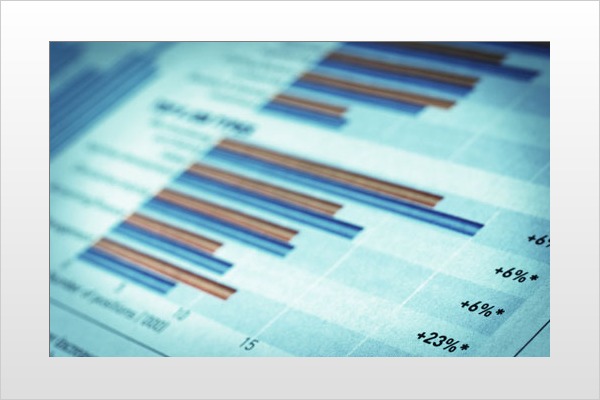
Ambitious students often focus on grade point average because that one number can influence future educational opportunities. In the "real" world, we're subject to a different numerical benchmark: the almighty credit score. Maintain a high credit score and opportunities abound, including qualifying for larger loans and lower interest rates. With a low credit score, you'll pay more interest, make higher down payments or not qualify to borrow at all.
The credit reporting agencies — Equifax, Experian and TransUnion — collect information from your creditors to create your credit history, which you can see in a credit report. They then use a formula developed by FICO (formerly "Fair Isaac Corporation") to turn those details into a simple number between 300 and 850, known as your credit score.
Each agency may generate a slightly different score for you. They sell these scores to lenders, who use them (along with debt-to-income ratio, income and employment information) to determine whether to lend you money and at what terms.
Last year, FICO developed FICO '08, the most significant change in its credit risk formula since the score's inception 20 years ago. What changed? According to FICO spokesperson Craig Watts, prior to FICO '08, all consumers with a "serious delinquency" in their credit history were lumped together — whether they had an occasional problem or a long history of late payments. FICO '08, put simply, distinguishes people who occasionally get behind in their loan payments from chronic deadbeats. It's a critical distinction at this point in history, when so many creditworthy individuals are struggling.
The new model also cuts down on a type of fraud, called piggybacking: Credit repair scam artists would pay people with good credit histories to add strangers (with bad credit) as authorized users, thereby "fixing" their FICO scores. Under FICO '08, only a legitimate authorized user on an account (such as a college student sharing mom or dad's credit) can gain points from participating in a shared credit history. Finally, FICO '08 also tweaks the way it handles scores of people who are opening new accounts.
What does all this mean for you? If you have one major credit account in delinquency, but your other credit accounts are in good standing, your score is likely to go up approximately 20 to 30 points under the new system. But if you demonstrate a poor payment pattern with several other accounts, your score will likely drop 20 to 30 points. Watts says that half the U.S. population will see their scores drop a little bit under FICO '08, and the other half will see their scores stay the same or rise.
Those 20-30 point swings will move some consumers up or down into the next credit tier. The tier you fall into affects your auto loan rate dramatically (the amount of interest you'll pay over time), and may affect how much you can borrow overall. While credit tiers differ among industries and individual lenders, auto lenders generally use FICO-based scores to classify credit tiers as follows:
FICO SCORE APR 720-850 6.334% 690-719 7.843% 660-689 9.825% 620-659 12.782% 590-619 17.666% 500-589 18.458%National average APR for 60-month new car loan between $10,000 and $20,000.Rates change constantly. Source: Informa Research Services, 9/29/09.
For most people, getting credit is more difficult than before the recession, and it's likely to stay that way indefinitely. As a result, more people are paying attention to their FICO score and their credit history in general. You can learn what the average APRs are for your state in the auto loan area of MyFico.com.
Asserting they've built a better mousetrap, the three credit reporting agencies formed a joint venture in 2006, VantageScore Solutions, and launched VantageScore, to compete with FICO's scoring system. A VantageScore can range from 501 to 990.
According to Experian, seven of the top 50 auto lenders now use VantageScore in their lending decisions, though it's unclear whether VantageScore is being used in conjunction with, or instead of, FICO scores. Meanwhile, FICO is suing the three agencies on a variety of charges. There are other credit scoring systems in addition to FICO and VantageScore, some of which look exclusively at your auto loan payment history.
Moreover, the three credit reporting agencies are able to brand and market their own version of FICO- and/or VantageScore-based credit scores to lenders and consumers. It's confusing, all the more so for consumers, who often mistakenly assume that all credit scores are FICO scores.
Fortunately, FICO scores have been available directly to the public since 2001. Consumers can purchase their FICO score through AnnualCreditReport.com, MyFICO.com, Equifax, and TransunionCS.com. Experian no longer offers FICO scores directly to consumers.
Related articles:
Understanding Your Credit Report
How To Read Your Credit Score